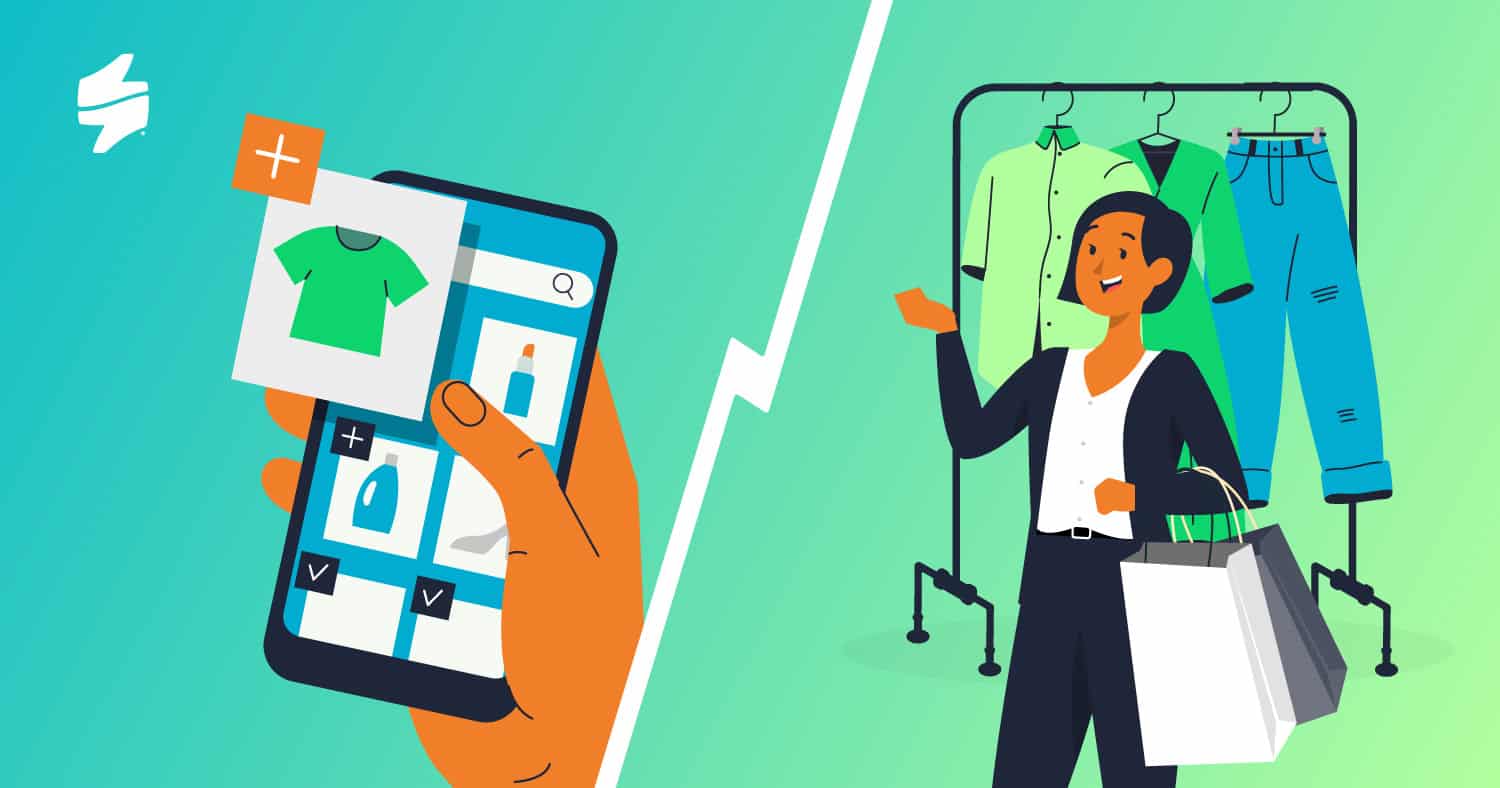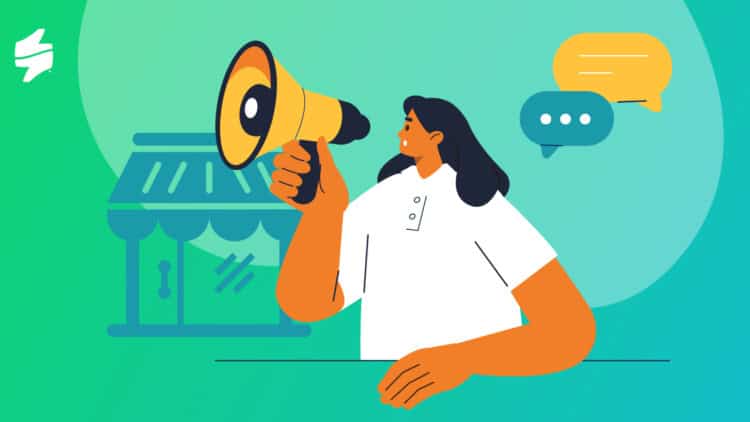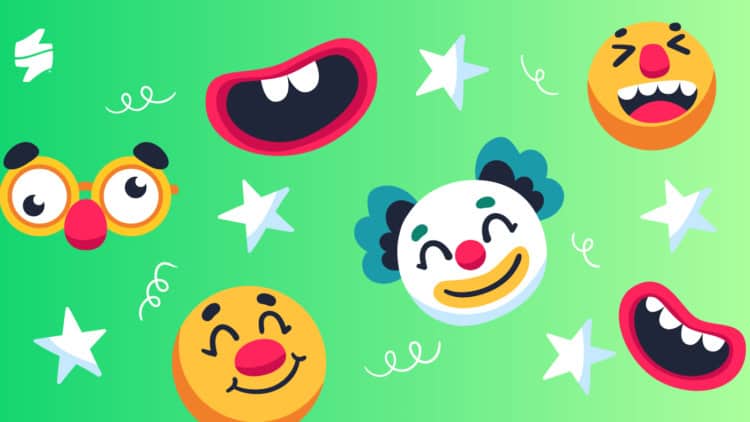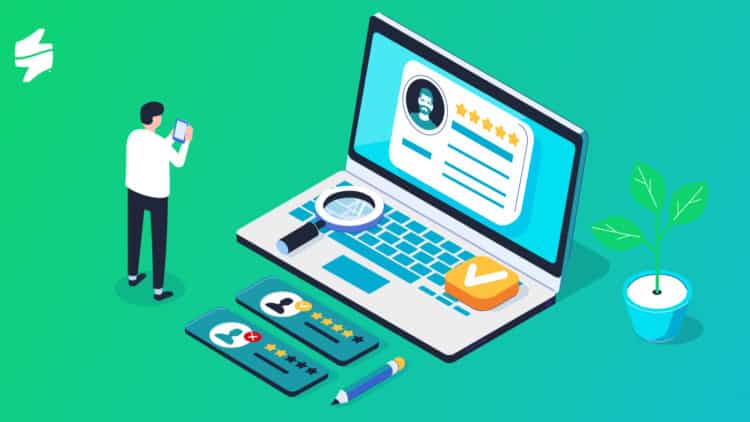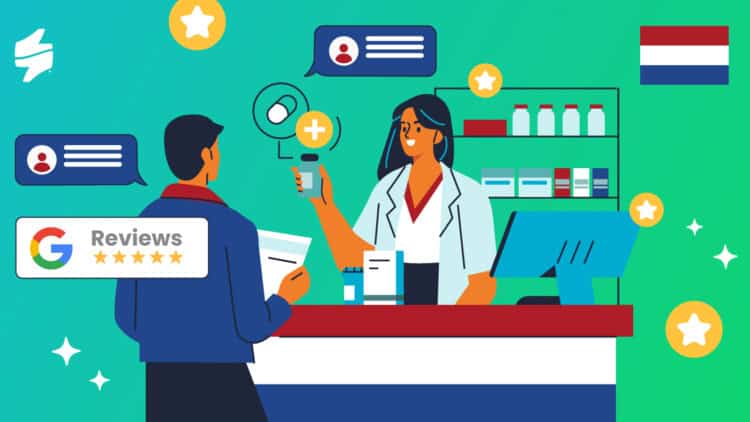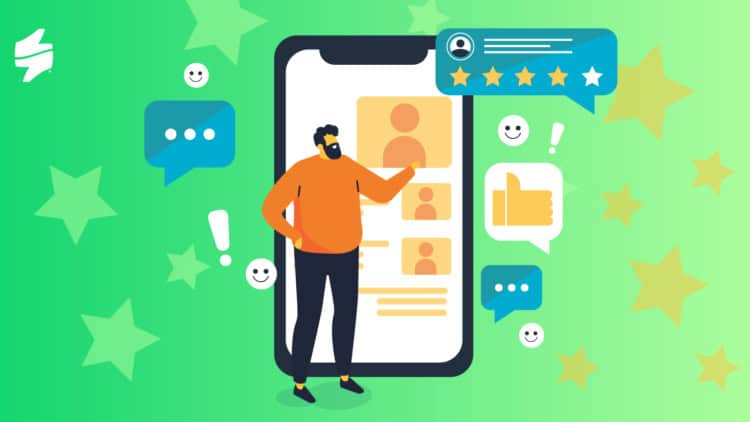Understanding the nuances between B2C (Business-to-Consumer) and B2B (Business-to-Business) customer experiences (CX) is crucial for tailoring strategies that resonate with your target audience. While both realms aim to deliver value and satisfaction, the methodologies they employ are distinct, shaped by their unique sets of expectations, decision-making processes, and relationship dynamics.
This guide delves into the definition of B2B and B2C customer experience, highlighting their differences and outlining best practices, including personalisation, building strong relationships, or employee recognition.
What Is B2B, B2C Customer Experience?
What Is B2C Customer Experience?
B2C CX focuses on the direct interaction between businesses and the end consumers of their products or services. It’s characterised by personal and emotional connections, and often, the decision-making process is swift, influenced by factors like price, convenience, and brand reputation.
The goal in B2C CX is to create a seamless, engaging, and satisfying customer journey for individuals, encouraging repeat business and brand advocacy.
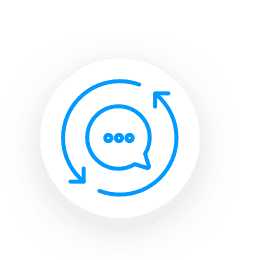
Transform Your Customers' Experiences
Create a bulletproof customer journey with tailored CX products and services that will foster loyalty and reduce churn.
Examples of B2C customer experience:
The process of purchasing goods through an e-commerce platform: This includes easy navigation of the website, detailed product descriptions, high-quality images, a straightforward checkout process, and personalised recommendations. Post-purchase, the experience extends to efficient order tracking, fast shipping, and hassle-free returns or exchanges, all aimed at ensuring customer satisfaction and loyalty.
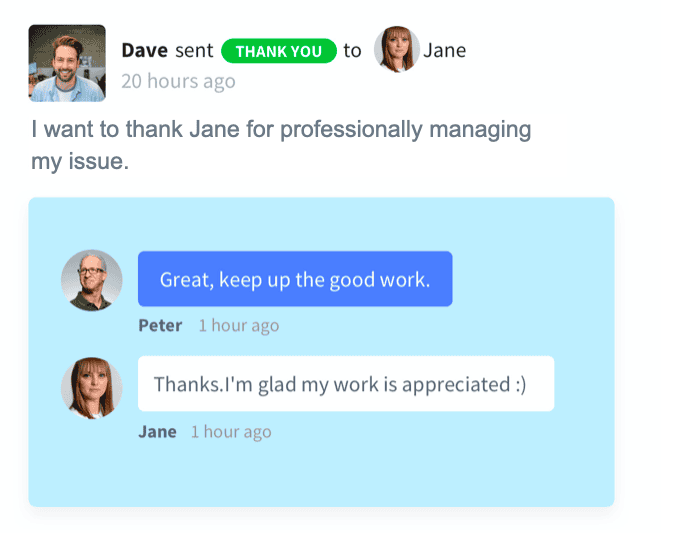
- Contacting customer support services: Providing prompt, courteous, and helpful customer service, whether through live chat, email, or phone support, is a critical component of the B2C customer experience. For instance, a customer encountering an issue with a product can easily reach out to the company’s support team and receive a timely solution, which can significantly enhance their overall perception of the brand.
What Is B2B Experience?
B2B customer experience, on the other hand, involves transactions between businesses. Here, the interaction is more complex and involves multiple stakeholders with varying needs and expectations. The sales cycles are longer, and the emphasis is on building strong, lasting relationships based on trust, reliability, and the delivery of tailored solutions that address specific business challenges. The aim is to foster loyalty, encourage long-term partnerships, and drive growth through positive word-of-mouth and repeat business.

What Is B2B Customer Service?
B2B customer service is a critical aspect of the overall B2B experience, focusing specifically on the support provided to other businesses before, during, and after a transaction. Unlike the broader customer experience in B2B, which encompasses all interactions between businesses, B2B customer service zeroes in on solving problems, addressing concerns, and offering assistance tailored to the unique needs of each business client. The goal of B2B customer service is not only to resolve issues efficiently but also to strengthen the relationship between businesses.
Examples of B2B customer experience:
- Customised product or service solutions: In a B2B context, a software company offers customisable solutions to automate business processes. The customer journey starts with consultations to understand the client’s needs, followed by a tailored demonstration. Post-purchase, the company provides onboarding, regular check-ins, and updates to ensure satisfaction.

- Strategic account management: In strategic account management, a supplier assigns a dedicated account manager to a key corporate client, offering personalised service and understanding the client’s business needs. The account manager maintains regular contact, advises on equipment optimisation, updates on new technologies, and ensures swift resolution of issues with the help of technical support.
What Are the Differences Between B2B and B2C Customer Experience
What is the difference between B2B and B2C customer experience? Let’s explore the five main differences:
1. Decision-making process
B2C decisions are often made by individuals based on personal preference, price, and convenience. In contrast, B2B decisions involve a longer process with multiple stakeholders, requiring a consensus among decision-makers.
2. Customer relationships
B2C focuses on transactional relationships aiming for quick conversions, whereas B2B emphasises relational engagement, aiming to build long-term partnerships.
3. Sales cycle length
B2C typically sees shorter sales cycles, often instant, while B2B cycles can extend over months or even years, given the complexity and scale of purchases.

4. Customer expectations
B2C customers prioritise ease of use, quick service, and personalisation. B2B customers value reliability, product quality, and the level of post-purchase support.
5. Communication channels
B2C engagement often happens through mass marketing channels and social media. B2B communication is more personalised, utilising emails, LinkedIn, and direct meetings.
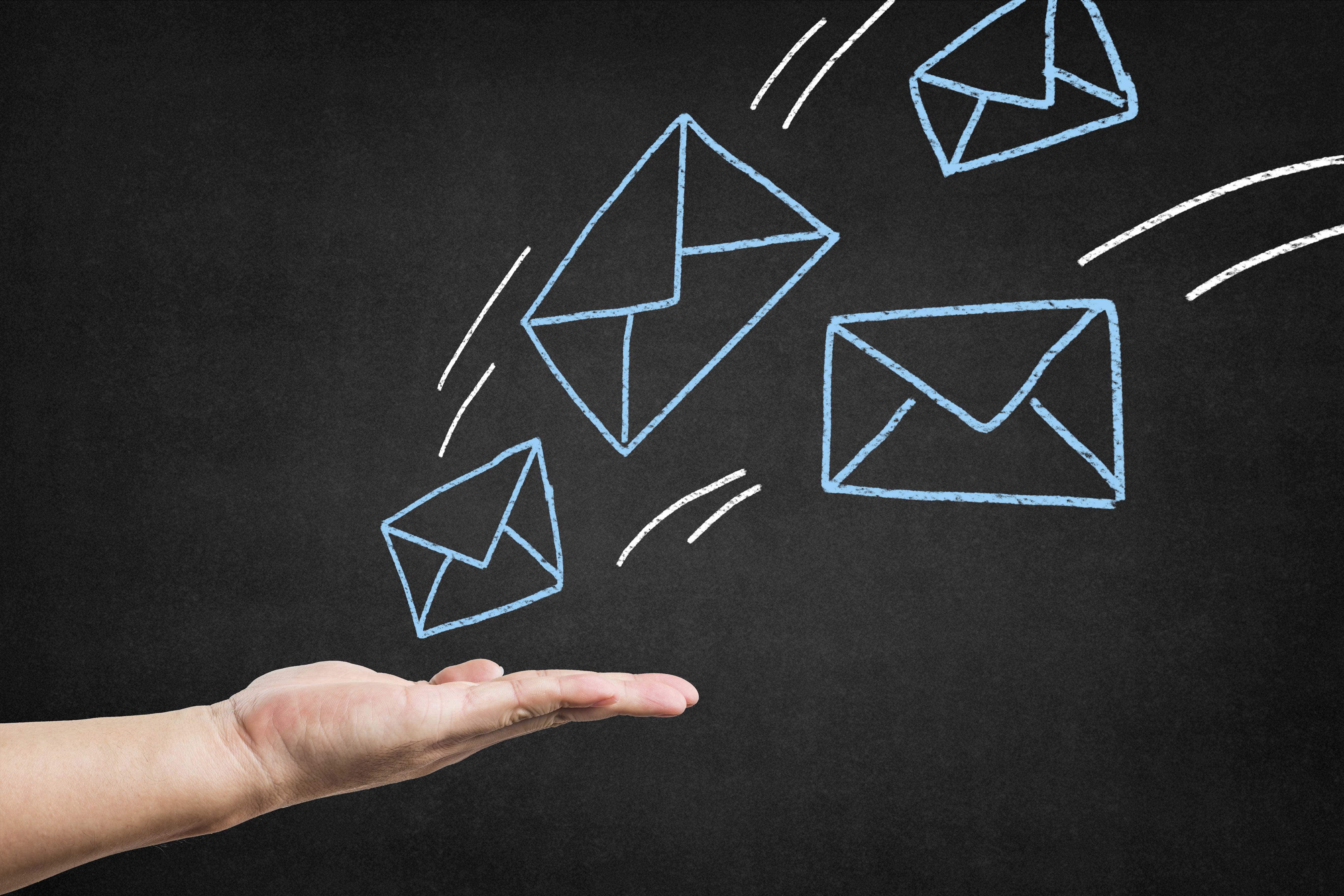
How to Improve B2C Customer Experience Management? 5 Best Practices
1. Personalisation
Leverage data analytics to understand customer preferences and tailor experiences accordingly. Personalised recommendations, communications, and promotions can significantly enhance satisfaction and loyalty.
How-to:
- Data collection and analysis: Utilise customer data from various sources, such as purchase history, browsing behaviour, and social media interactions. Tools like CRM software and data analytics platforms can help gather and analyse this data.
- Segmentation: Divide your customer base into segments based on their preferences, behaviours, and demographics to tailor experiences more effectively.
- Customised recommendations: Use algorithms to offer personalised product recommendations. Amazon is a prime example, with its recommendation engine suggesting products based on past purchases and browsing history.
- Personalised communications: Send targeted emails, notifications, and offers that resonate with each customer’s individual interests.
2. Omnichannel experience
Ensure a seamless customer journey across all touchpoints, from online to in-store. Consistency in service, branding, and quality across channels is key to a positive CX.

How-to:
- Unified customer profiles: Ensure that customer information and interactions are synchronised across all channels. This allows for a cohesive experience, whether the customer is online, in a mobile app, or in a physical store.
- Consistent branding and service: Maintain uniformity in messaging, design, and customer service standards across all platforms.
- Cross-channel support: Enable customers to receive support through multiple channels. For instance, they should be able to initiate a service request on social media and follow up via email or phone without having to repeat their issue.
3. Speed and convenience
Optimise your processes to offer quick and easy purchasing and customer service experiences. Features like one-click ordering, easy returns, and fast customer support can set you apart.
How-to:
- Streamline processes: Analyse your sales and support processes to identify and eliminate unnecessary steps.
- Technology integration: Implement technologies like chatbots for instant customer service, mobile apps for on-the-go shopping, and self-service options for quick problem resolution.
- Flexible delivery and returns: Offer multiple delivery options and an easy return process to accommodate the needs of all customers.
4. Employee recognition
Rewards and recognition for exceptional customer service can boost morale and motivate them to continue providing outstanding experiences. Happy employees often lead to happy customers.
How-to:
- Employee recognition programs: Establish programs that regularly recognise and reward employees for delivering exceptional customer service. This could include employee of the month awards, bonuses, and public acknowledgement.
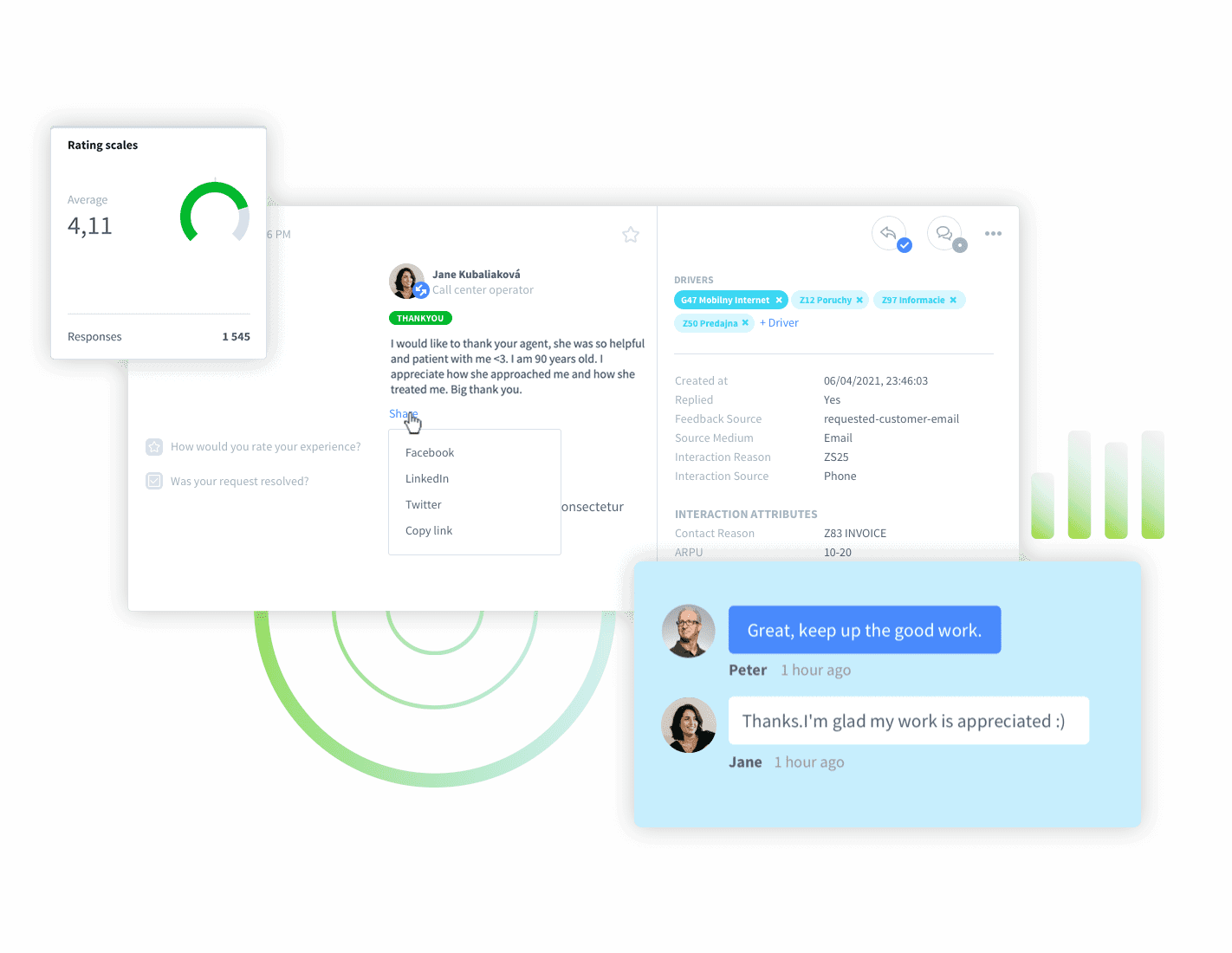
- Training and development: Invest in training programs that equip employees with the skills needed to excel in customer service. Additionally, provides opportunities for career advancement.
- Feedback loop: Create a system where employees can share their insights and feedback on improving customer experience, making them feel valued and involved in the company’s success.
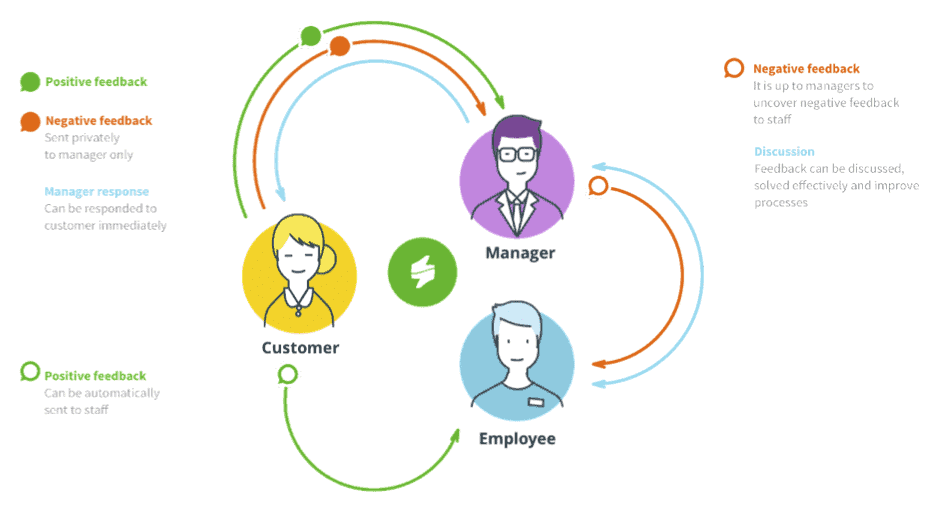
5. Engagement and feedback
Actively engage with your customers through social media and other channels. Solicit their feedback and show that you value their input by making visible changes based on their suggestions.
How-to:
- Active listening on social media: Monitor social media channels for customer comments, complaints, and questions. Respond promptly and thoughtfully to engage with your audience.
- Customer surveys and feedback tools: To collect customer opinions, use a CX survey or feedback forms on your website.
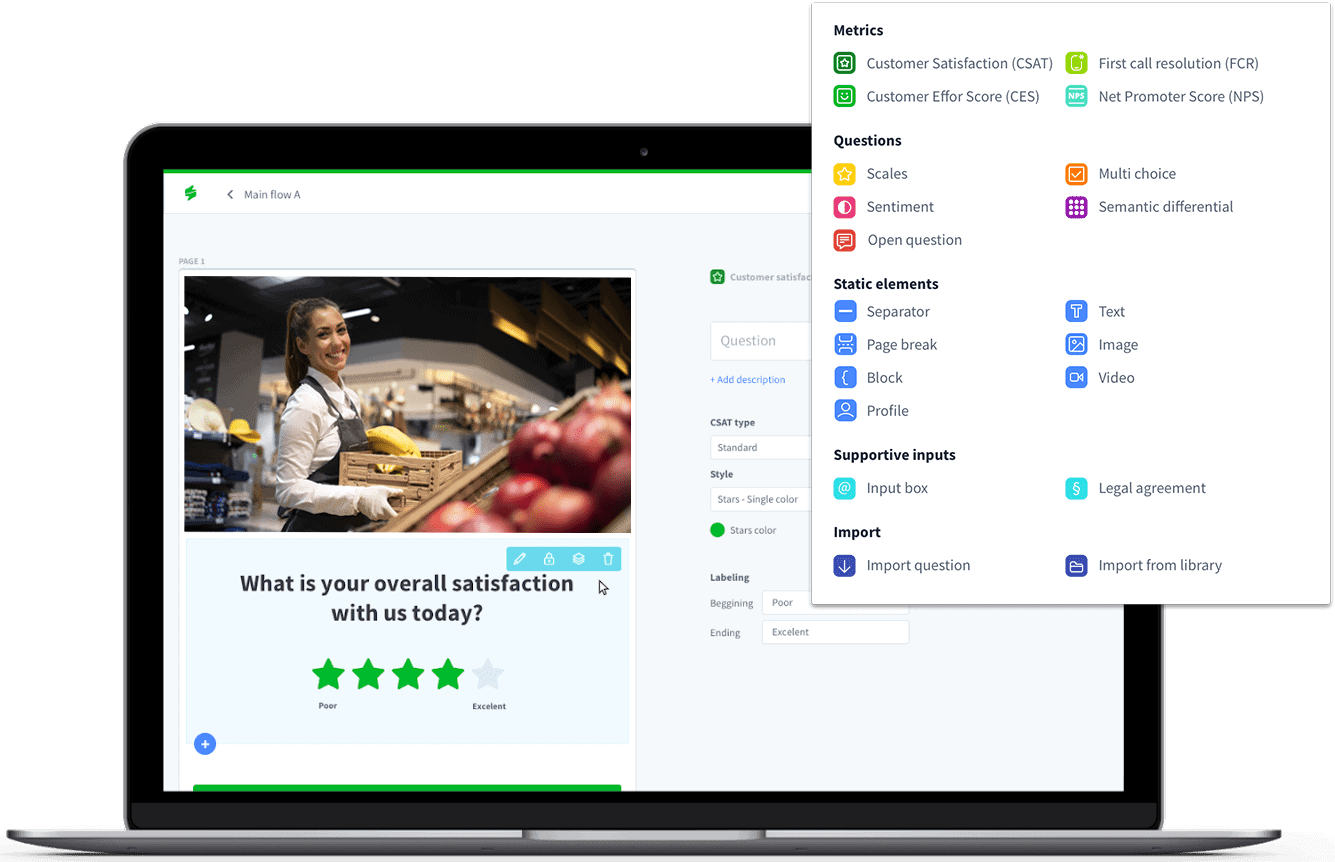
- Implement changes based on feedback: Demonstrate that you value customer input by making visible changes based on their suggestions. Communicate these changes to your customers to show that their feedback has been heard and acted upon.
How to Improve B2B Customer Experience Management? 5 Best Practices
1. Understand your client’s business
To truly understand your client’s business, invest time in research and direct communication. Start by analysing their industry trends, competitors, and regulatory environment. Schedule regular meetings to discuss their ongoing challenges and objectives.
Offer custom solutions that align with their business goals, and be ready to adapt your offerings as their needs evolve. Concrete actions include creating client-specific presentations that address their unique challenges and show how your solutions can help overcome them.
2. Build strong relationships
Building strong relationships goes beyond the occasional check-in. It involves understanding the key stakeholders in your client’s organisation and tailoring your communication to meet their preferences, whether it’s through email, phone calls, or face-to-face meetings. Organise quarterly business reviews to discuss performance, areas for improvement, and future goals.
Consider also implementing a customer relationship management (CRM) system to track all interactions, ensuring personalised and timely communication. Showing appreciation through personalised gestures, like sending a gift on a company anniversary or a handwritten note, can also make a significant impact.
3. Focus on solutions, not sales
Adopt a consultative approach by asking insightful questions to diagnose your client’s problems accurately and offering solutions that genuinely meet their needs. This might mean recommending a less expensive product that better suits their requirements, even if it results in a smaller sale.
Educate your clients about industry best practices and how your offerings can help achieve their objectives. Hosting webinars or workshops on relevant topics is a great way to demonstrate your commitment to their success.
4. Streamline the buying process
Simplify the buying process by making it as transparent and straightforward as possible. This could involve creating clear, concise proposals and contracts, offering flexible pricing models, and ensuring your sales and customer service teams are well-trained to handle inquiries efficiently.
Implement an online portal where clients can easily reorder, access invoices, and track the status of their orders. Regularly conduct a client satisfaction survey on the purchasing process and be willing to make adjustments to accommodate your clients’ preferences and feedback.
5. Post-sale support
Post-sale support is where you can truly differentiate yourself. Develop a structured onboarding program that helps clients get the most out of your products or services from day one. This could include personalised training sessions, detailed user guides, and access to an online knowledge base.
Assign a dedicated account manager or customer success team to each client to provide a consistent point of contact. Regularly schedule proactive check-ins to identify any issues before they become problems and to discuss ways to optimise the use of your product or service. Implementing a closed-loop feedback system through client satisfaction surveys or feedback sessions can also help you continuously improve your post-sale support.
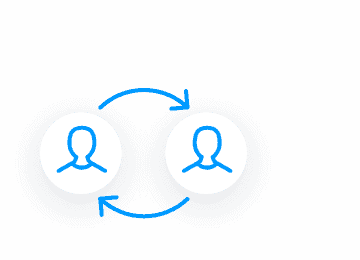
Get Actionable Insights with Closed Loop Feedback Management
With Staffino, you'll never leave a customer unhappy again! Streamline the process of collecting and responding to feedback, identify areas of improvement, and make sure that customer issues are addressed quickly and effectively.
Enhancing B2B and B2C Customer Experience Through Employee Recognition
The significance of cultivating a customer-centric culture cannot be overstated. The cornerstone of achieving such a culture lies in recognising and valuing the contributions of employees, thereby directly linking their efforts to the organisation’s success in providing superior customer service.
Employee recognition serves a dual purpose in CX:
- It boosts employee engagement and morale, making them feel valued and part of a larger goal.
- Secondly, it reinforces the direct impact their actions have on customer satisfaction and loyalty, which is crucial in both B2B and B2C contexts. However, it holds a special place in B2C interactions where customer engagement is more frequent and personalised.
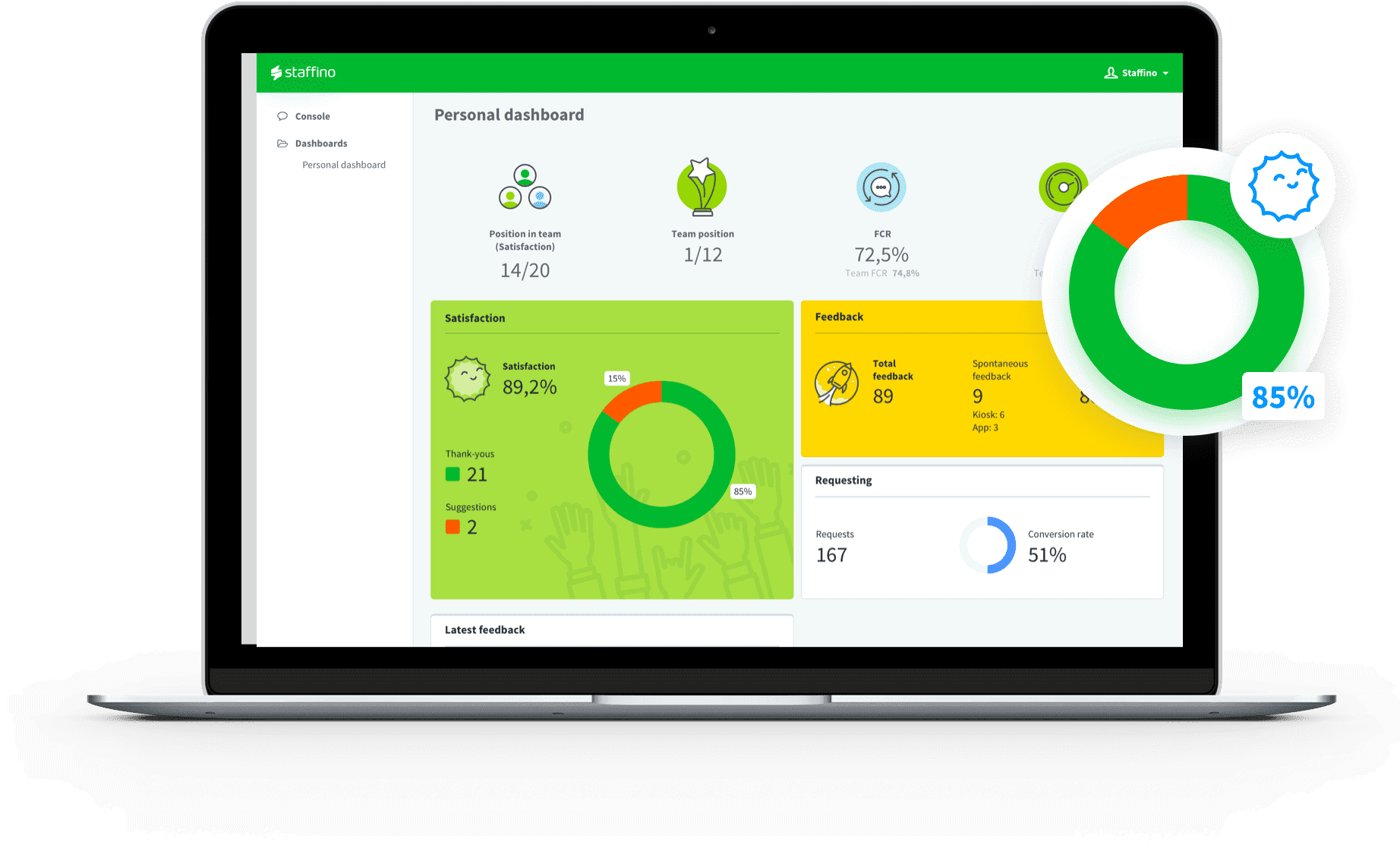
Employee engagement software like Staffino has revolutionised the way businesses can achieve this. By leveraging real-time employee recognition examples, Staffino allows for the immediate sharing of positive customer feedback directly with the responsible employees. This not only provides tangible evidence of their positive impact but also fosters a sense of accomplishment and motivation.
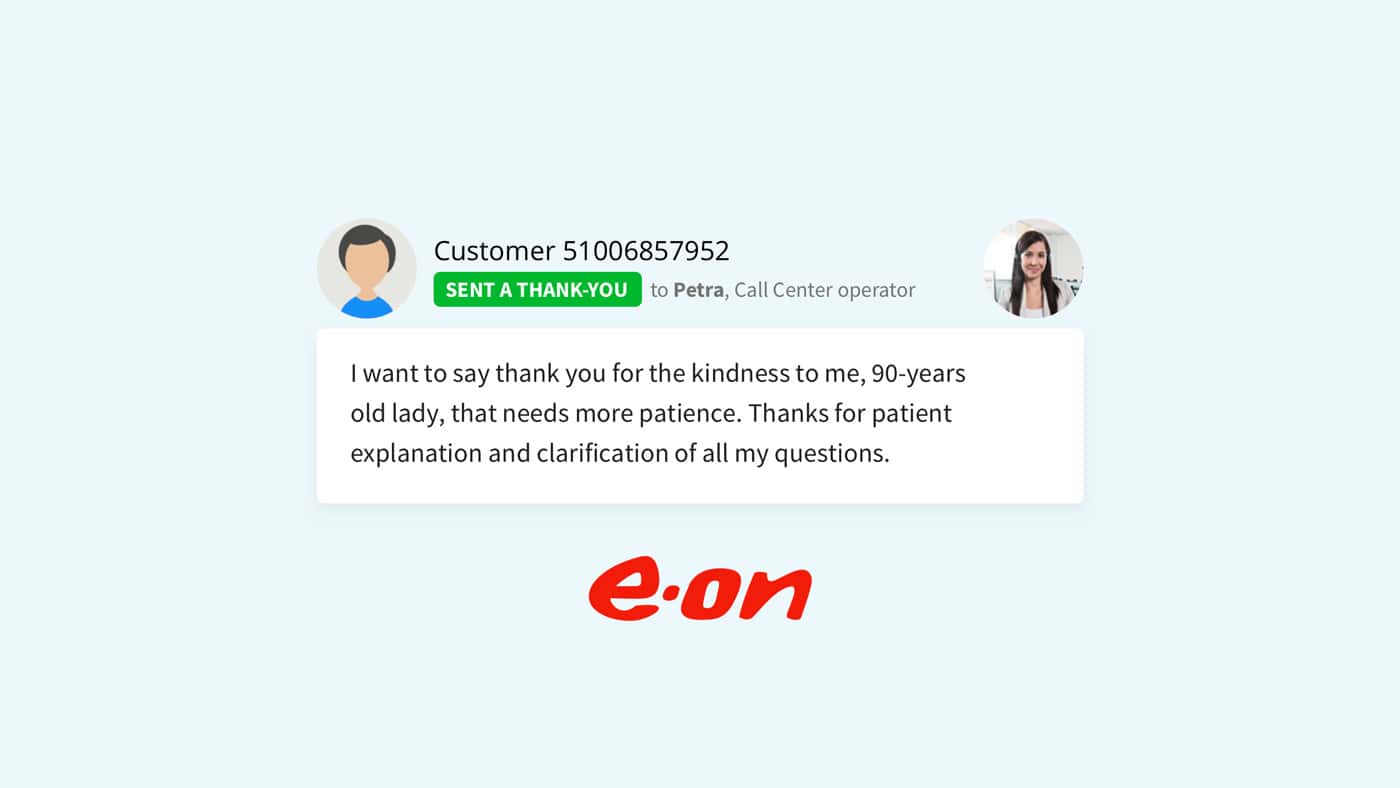
The inclusion of the Internal Discussion feature, where managers can offer praise and recognition in response to specific customer feedback, further amplifies this effect, creating a positive feedback loop that benefits both employees and customers.
Moreover, this approach aligns with the growing expectation of personalised and immediate recognition in the workplace, mirroring the instant gratification seen in social media interactions. It transforms the abstract concept of customer satisfaction into something concrete and directly related to the individual’s efforts, making it a powerful tool for building a customer-centric culture.
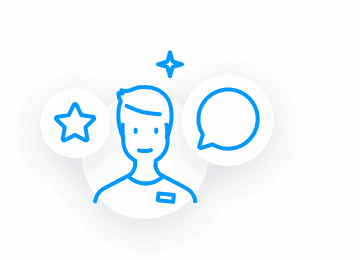
Give Your Employees the Recognition and Motivation They Deserve
Does your team need a little extra motivation? Our platform provides powerful insights into your team’s performance and various recognition tools that help ensure everyone feels appreciated.
Key Takeaway: B2C and B2B Customer Experience Need Distinct Strategies
While the core principles of good customer experience—such as delivering value, ensuring satisfaction, and building relationships—are universal, the strategies to achieve these outcomes vary significantly between B2C and B2B contexts. Recognising and adapting to these differences is key to crafting effective CX strategies tailored to your audience.
- For B2C, the focus should be on creating a personalised, convenient, and emotionally engaging experience that captures the individual consumer’s attention and loyalty.
- Meanwhile, B2B strategies should prioritise understanding and addressing businesses’ specific needs, fostering strong, trust-based relationships, and ensuring a seamless, supportive client journey from initial contact through post-purchase.
In both realms, leveraging a customer experience management platform to gather and analyse customer data and discussing your case with a CX consulting expert can provide invaluable insights into preferences, behaviours, and pain points, enabling you to refine and improve your CX strategies continuously.
Final Word
The distinction between B2C and B2B customer experience is marked by differences in decision-making processes, relationship dynamics, and expectations. By recognising these differences and implementing best practices tailored to each audience, you can enhance customer satisfaction, foster loyalty, and drive growth.
Whether engaging with individual consumers or other businesses, the ultimate goal remains the same: to deliver a positive, memorable customer experience that sets your brand apart in a competitive marketplace.
Book our free demo to see how Staffino creates unforgettable experiences for both B2B and B2C customers!

Get a First-Hand Experience Today!
Staffino is the perfect tool for creating engaging surveys, tracking performance, responding to customer feedback, and rewarding top employees. Get started today with our FREE demo!
